Late blight is the most common and harmful disease of tomatoes. The crop loss in some years is 95-100%. There are no effective ways to combat late blight on tomatoes. Prevention of the disease is a good defense, but it only delays the appearance of late blight by a few weeks. The main factor in the occurrence of the disease is weather.
Photo of tomato with late blight
There are two types of the disease: common late blight and southern late blight.
Common late blight
Late blight on tomatoes is widespread in all climatic zones of the country, but is somewhat more common in the middle zone and central black earth regions. In the southern regions it appears with sharp changes in day and night temperatures.
Pathogen - a pathogenic fungus that persists in the soil, on plant debris, seeds and fruits. It affects plants of the nightshade family. Potatoes and tomatoes are especially severely affected; Eggplants and peppers rarely suffer from late blight.
Infection occurs through the stomata of cells even in completely healthy plants. Mycelium (mycelium) grows inside the cell and destroys it.
Infection can occur at any stage of plant development, but the first signs of late blight appear in the second half of summer. Even when sowing infected seeds, the first signs of damage can be noticed only during the period of setting the second or third cluster.
Potatoes are affected first, then open ground tomatoes, and only then greenhouse tomatoes.Eggplants in protected soil suffer from late blight, although not as often as tomatoes, and the damage from it on this crop is not so great; only a few plants become infected.
Peppers protected soils are practically not affected by late blight. In open ground, peppers and eggplants suffer from the disease, but it is not so aggressive on them.
Pathogen propagation conditions. Mature spores are carried by wind, water, with soil particles, on clothes and working tools of the summer resident. They are stored in seeds and harvested tomatoes and on potato tubers.
Conditions for the development of the disease
The disease spreads widely in humid, rainy and moderately warm or cold summers. In hot but rainy weather, the disease spreads less and affects only ground tomatoes. In dry and hot summers, late blight does not appear on tomatoes, and potatoes are only slightly affected.
Other factors causing the disease are:
- Close proximity of potato and tomato plantings.
- High air humidity.
- Contact of the lower leaves and brushes with the soil.
- Growing tomatoes in a place where potatoes previously grew.
- Poor ventilation in the greenhouse. Late blight on tomatoes is especially common in greenhouses when they are grown together with cucumbers. These crops require different air humidity: cucumbers 90-95%, tomatoes - 60-75%. With high humidity, greenhouse tomatoes become infected with late blight in the first ten days of July.
- Sharp fluctuations in air temperature. This often happens in the second half of August, so crop losses are small. By this time the main harvest is harvested.
- Sharp cold snap. Also happens in August.By this time, ground-grown early-fruiting tomatoes have already been harvested, and the greenhouse is ventilated daily so that temperature fluctuations are not so significant.
Late blight does not spread only in hot, dry summers and subject to preventive measures.
Signs of defeat
Fruits (green, in technical and biological ripeness both on bushes and during storage), leaves and stems are affected.
Brown, blurry spots of irregular shape appear on the leaves. More often, the disease begins at the edge of the leaf blade, but quickly grows, the leaf turns black and dries out. In humid weather, a white coating is visible on the underside.
Brown stripes appear on the stems and petioles, which gradually grow and ring the stem. The tissue in the affected areas dries out.
Brown-brown spots appear on green fruits, which grow very quickly, gradually affecting the entire fruit. Sometimes, as the disease progresses, the spots turn black. The fruit dries out.
During storage, late blight appears mainly on green fruits or in the phase of their technical ripeness. In the biological ripeness phase, tomatoes are rarely affected and only when stored in a cold room with high humidity. When stored in a dry place, ripe fruits do not get sick.
On fruits of technical and full ripeness, dry black-brown spots appear, the tissue at the site of the lesion becomes shiny, lumpy to the touch, then wrinkles and dries out.
Protective measures
It is necessary to combat late blight on tomatoes throughout the entire season. When the signs appear, it is too late to treat the tomatoes. We must remember that the disease will appear anyway and the main task is to keep the plants healthy for as long as possible.
The incubation period of the disease is 3-5 days.If it gets colder and it starts raining, then the bushes must be treated. At the same time, peppers and eggplants in the open ground, as well as potatoes, are processed.
Treatment of tomatoes (and potatoes) against late blight begins at the end of May. These are preventive measures that make it possible to further delay the development of the disease by 1.5-2.5 weeks.
- Treatment of bushes with copper-containing preparations: Abiga-Pik, HOM, OxyHOM, Ordan.
- Treatment with drugs from other groups: Bravo, Previkur Energy, Consento, Metaxil, Ditan M-45.
- Treatment with Quadris. It is highly effective not only in the fight against late blight on tomatoes, but also a number of other diseases (powdery mildew, alternaria).
- Treatment with a new generation drug Strobitek. The treatment is carried out 2 times per season, alternating it with other means of protection.
- If there is a high risk of developing the disease, tomatoes are additionally watered at the root with copper preparations.
- If the disease has already appeared on potatoes (it is affected earlier), then when spraying tomatoes, the concentration of the working solution is increased by 30-50%.
- When fighting late blight, a 10% calcium chloride solution (sold in pharmacies) is often used. 200 ml of the drug is diluted in 2 liters of water and thoroughly sprayed onto tomatoes, potatoes, and pepper And eggplant. The plants are processed very carefully: leaves from the upper and lower sides, stems, stalks and fruits. After treatment, the fruits cannot be collected for 10 days.
Treatments begin regardless of whether the risk of developing the disease is high or not. If protective measures are not taken, the tomatoes will be damaged very early and the entire crop will be lost.
Prevention of late blight
Prevention pushes back the onset of the disease to mid-to-late August.
- 2 weeks after planting the seedlings, it is watered and, at the same time, sprayed with biological products (Pseudobacterin, Baktofit, Trichodermin or Fitosporin). Spraying is carried out once every 10 days and only if signs of damage appear (especially in open ground) they switch to chemicals.
- At planting seedlings biological products can be applied directly to the soil.
- Trim off all leaves in contact with the ground.
- Wrapping the stems with copper wire, since copper prevents the penetration of pathogen spores into plant tissue.
- Thorough ventilation of the greenhouse.
- Removing diseased plants.
- It is advisable that the plantings of tomatoes and potatoes are located at different ends of the site.
- Harvesting bleached tomatoes.
- Growing resistant varieties: Cameo, hybrids Anyuta, Katya, Semko 100, Soyuz 8.
- Before sowing, the seeds are soaked in potassium permanganate, Baktofit or Fitosporin.
- Maintaining crop rotation. Do not plant potatoes and tomatoes after each other. Since late blight is a pseudofungus, it can exist in the soil for a very long time, therefore, if possible, it is advisable not to plant tomatoes (and potatoes) in the same place and after each other for 8-10 years.
In the open ground
In the ground, treatment of late blight is difficult, and the incidence is higher than in a greenhouse. The period of protective action of pesticides on the street is 5-7 days, so 6-9 treatments are carried out per season. At the same time as tomatoes, potatoes are sprayed, as well as eggplants and peppers growing without shelter. If it rains within 2 hours after spraying, then the event is repeated on the same day or the next. It is important that spraying is carried out on dry leaves.
Adhesives must be added to biological products so that they are not washed away by rain, otherwise there will be no effect from their use.
Phytophthora in a greenhouse
In a greenhouse, tomatoes get sick 2, and with proper prevention, 4 weeks later than outside. The period of protective action of pesticides is 10-14 days. During the season, 3-5 therapeutic and preventive measures are carried out (depending on the weather).
The first 3 treatments are done with biological products, and then depending on the situation. But if late blight appears outside (it doesn’t matter on tomatoes or potatoes), then greenhouse tomatoes are then treated only with chemical protection agents.
Measures to combat southern late blight
Distributed in the southern regions of the country, it appears in the Far East during the monsoon rains. In central Russia, outbreaks of the disease may occur in some very hot and humid years. Its harmfulness is close to 100%.
Description of the pathogen
The disease is caused by a pathogenic fungus of a different class than the causative agent of ordinary late blight. It affects tomatoes, peppers and eggplants both outdoors and in the greenhouse. Potatoes suffer less from southern late blight than from ordinary late blight. It persists in the soil, on plant debris, in affected fruits and seeds.
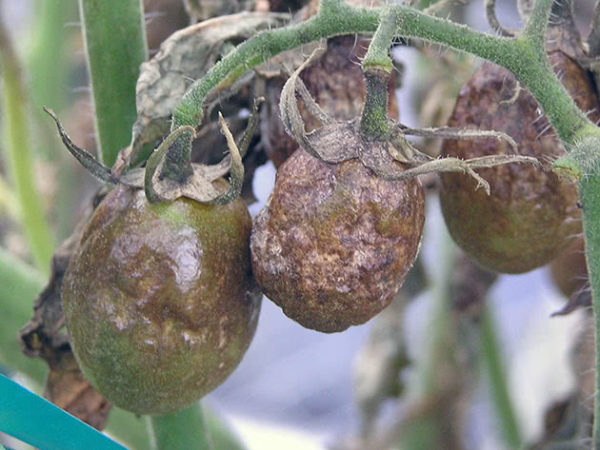
In the photo there is late blight on tomatoes
Conditions of appearance
The first signs of the disease may appear in the seedlings. It massively affects tomatoes in late spring and early summer (late May-June). Favorable conditions include significant temperature fluctuations (18-20 °C at night, 30-35 °C during the day), heavy rains, high humidity and air temperature.
Southern late blight on tomatoes can also appear in the second half of summer against the backdrop of heavy rains and hot weather.Tomatoes in greenhouses are affected first (since the humidity is higher there) and only then ground plants. In the ground, the spread of southern late blight is facilitated by heavy dew and fog.
Spreads instantly. Sick tomatoes die in 2-5 days.
Signs of defeat
Signs of damage depend on the phase of plant development.
- On seedlings affects the lower part of the stem. Signs of the disease resemble a “black leg”, but, unlike it, the constriction does not form near the ground itself, but at a height of 1-5 cm, leaving a stump below. The affected tissue turns black and dries out, and diseased plants lie down. Small brown spots appear on the leaves, which then merge and the leaf dries out. Sick seedlings are unsuitable for growing.
- Before fruiting begins. Brown-brown streaks appear on the stems and stepsons; gradually the tissue dries out and the stem breaks. Constrictions can appear in several places at once. Brown spots appear on the leaves, growing, they affect the whole plant. The leaf dries up.
- Beginning of fruiting. Brownish-brown spots appear on green fruits, which quickly darken. They look like bruises on the fruit. The spots are watery; in very humid years, spots of white plaque appear on them - sporulation of the parasite. The fruits gradually turn black and dry out, but with incessant heavy rains they can turn into mucus.
- Tomatoes of technical ripeness on the bushes and during storage. Brown watery spots appear on the fruits, but if you pierce the skin, there is almost no water there. Affected tomatoes quickly shrivel and turn into dust.
The leaves of diseased tomatoes remain healthy for some time. Southern late blight primarily affects fruits, and only then its signs appear on the leaves.Although with the rapid development of the disease, it can be difficult to establish the primary source of infection. The southern late blight differs from the usual late blight in darker spots, lightning-fast spread and rapid death of both crops and bushes.
Southern late blight cannot be treated. If signs of damage appear, the diseased plants are immediately removed, and preventive treatment is carried out on the rest.
Prevention
Prevention begins with preparation for sowing. The seeds must be treated with Pseudobacterin, the soil is spilled with boiling water or a raspberry solution of potassium permanganate 2 times.
The soil, both during the seedling period and after planting in a greenhouse or soil, is not waterlogged. During heavy rains, regular loosening is carried out so that water does not stagnate in the top layer of soil.
All watering is carried out strictly at the root; sprinkling of tomatoes is prohibited.
All leaves in contact with the ground are removed as the tomatoes grow.
All affected plants are immediately removed from the plot. Even if there are signs only on a few fruits or stems, the whole bush is thrown away; it is sick and is a source of infection. Plant residues are not composted or taken outside the site, but burned.
Preventive treatments are carried out with the same drugs as for ordinary late blight (OxyHOM, Previkur Energy, Strobitek, Bravo).
In case of heavy precipitation, the concentration of the working solution is increased by 50%.
Folk remedies
There are no folk remedies to combat late blight on tomatoes., but there is a good way to prevent it. Use stove ash, which is sprinkled on the leaves and soil around the tomatoes. A lot of ash is needed so that the leaves turn gray and there is a thick layer of ash on the soil.
Phytophthora does not like alkaline reactions and does not affect tomatoes.But, alas, it is difficult for a city dweller to get such a quantity of ash. The winners are those who have baths. The method is unacceptable in open ground, since ash is easily washed away by precipitation (not only rain, but even heavy dew).
Another simple and effective method: mix 1 liter of milk or whey with 9 liters of water, add 20 - 30 drops of iodine and stir well so that the iodine disperses in the water. Tomatoes should be sprayed in the evening in calm weather once a week. If you alternate such spraying with treatment with Fitosporin, it will be even better.
Biological protection of tomatoes
Phytophthora is not exactly a mushroom, it has characteristics of protozoa, and is now classified as pseudofungi. Therefore, effective fungicides, which are excellent at fighting fungal diseases, do not work on it, but means of combating protozoa are also ineffective.
Biological products give good results. The most effective of them are preparations containing Trichoderma, pseudobacteria and preparations based on Bacillus subtilis (Fitosporin, Alirin B, Gamair, Baktofit).
Using them, you can fight late blight on tomatoes at a very early stage, but many do not know how to use them correctly, so they neglect them, but in vain.
Biological products are living organisms, bacteria or fungi, that compete with late blight for their habitat. For them to work, they must first be placed on tomatoes (potatoes, eggplants, peppers).
And for this they need a nutrient medium, so they are either grown independently at home, or adhesives are added to the aqueous solution of biological preparations, which provide this medium for microorganisms. Biological products are never simply dissolved in water - the likelihood of their further growth on the plant is low, since they have nothing to feed on.
If after spraying white spots appear on the leaves, this is evidence that the colony of beneficial microflora is growing. Most summer residents mistake these spots for powdery mildew and immediately treat them with chemicals that completely destroy late blight antagonists.
The appearance of white spots 2-3 days after spraying with biological products is a natural process and if there are no signs of powdery mildew, then beneficial microflora is growing.
After treatment with biological products, chemicals are not used. Carry out 3-4 sprayings with the same preparation, or alternate them with each other.
Trichoderma
A fungus that competes with late blight on tomatoes and displaces it from the soil and plants. To prevent the disease, treatments begin after planting the seedlings in the ground.
The most important factor for the survival of Trichoderma on plants is the nutrient medium, which is also an adhesive; without this, the antagonist fungus will not take root on tomatoes.
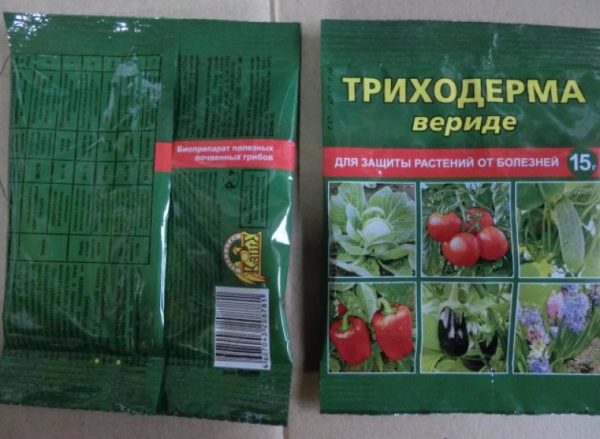
The photo shows the drug Trichoderma
It grows well on carboxymethylcellulose (CMC, part of wallpaper glue). You can also use full-fat milk and starch glue for this purpose. You cannot use toilet soap, since it is not a nutrient medium for the fungus, as well as laundry soap, which has a highly alkaline reaction and Trichoderma dies in such an environment.
After treatment, white blurry spots appear on the leaves - an indication that Trichoderma has taken root. Treatment is carried out once every 10-14 days in a greenhouse and every 7 days outside, and in case of rain, once every 5 days during the entire growing season. Spraying Trichoderma cannot be alternated with treatment with chemical fungicides, as they destroy it.
Treatment with Trichoderma is very effective even when the first signs of the disease appear. Under favorable conditions, it completely destroys foci of the disease on tomatoes. During heavy rains, the biological product stops the development of the disease, although it does not completely destroy the parasite.
Pseudobacterin
Bacterial preparation containing live bacteria Pseudomonas aureofaciens/. The bacteria actively suppress not only late blight, but also a number of other pathogenic fungi, and also have a growth-stimulating effect. The drug is used with CMC adhesives, starch glue, and oatmeal broth.
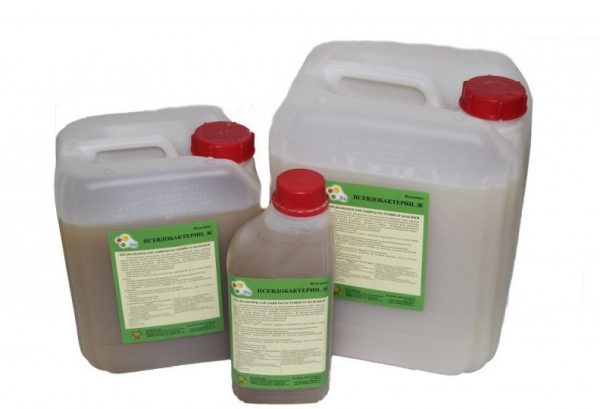
In the photo Pseudobacterin
Treatment is carried out early in the morning or late in the evening, since the bacteria do not tolerate direct sunlight. In cloudy weather it can be processed at any time.
Pseudobacterin reliably protects tomatoes from late blight. It is effective at the initial signs of the disease, but at high temperatures (especially in the south in greenhouses) the bacteria die.
Preparations based on Bacillus subtilis
These are bacterial preparations that are antagonists of late blight. Gelatin is an excellent nutrient medium for them, so it is best to use it as an adhesive. Preventive spraying is carried out with the working solution at intervals of 7-10 days throughout the growing season.
At the onset of the disease, a solution of higher concentration is prepared. Bacillus subtilis protects tomatoes well from disease, but for treatment it is less effective than Trichoderma and Pseudobacterin.
Biological methods are effective in combating both types of late blight, and they are also preferable to chemical methods, since tomatoes can be eaten on the day of treatment.
Summary table of common and southern late blight
| Index | Common late blight | Southern late blight |
| Pathogen | Phytophthora infestnas | Two pathogens: Phytophthora cryptogea. Phytophthora nicotianae |
| Spreading | Northern and central regions | South and East of Russia |
| Favorable conditions | Rainy and cool weather | Heat and heavy rains; large fluctuations between day and night temperatures |
| Period of mass infection | Second half of summer | Seedling period and first half of summer |
| Signs of defeat | The appearance of dry brown or black spots on leaves and fruits | Watery brown-brown spots on fruits that quickly turn black. There are brown stripes on the stems |
| Maliciousness | 80% | Close to 100% |
| Control measures | Therapeutic and preventive | Preventive |
| Pathogen persistence | On plant residues, soil, seeds, working tools, clothing, potato tubers | On plant debris, seeds, fruits, in soil, on tools and clothing |
Continuation of the topic:
- How to properly form tomato bushes
- Diseases of tomatoes in a greenhouse and exhaust gas, description and methods of treatment
- What to do if tomato leaves curl
- Growing tomatoes in open ground
- How to care for tomatoes in a greenhouse from planting seedlings to harvesting
- Fighting whiteflies in a greenhouse and exhaust gas
- How to deal with blossom end rot on tomatoes
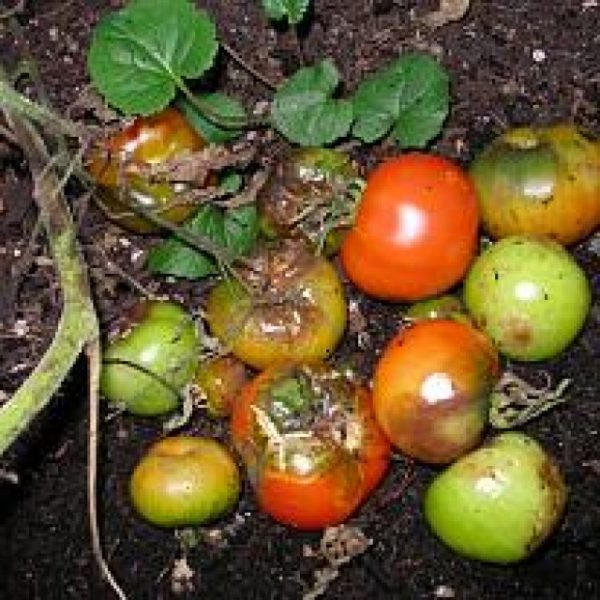
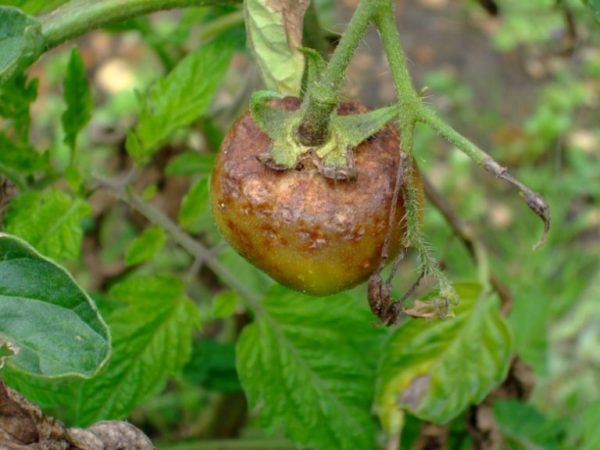
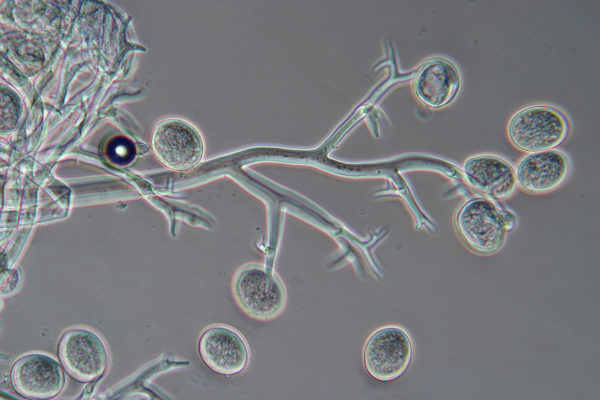
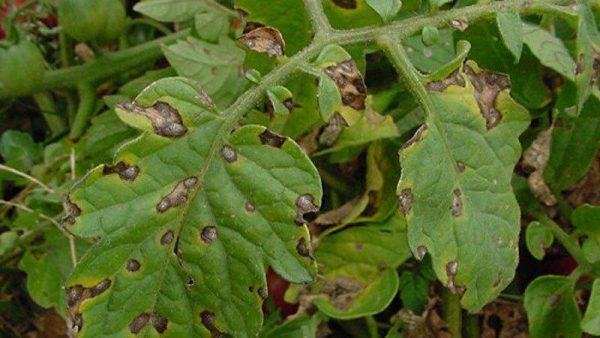
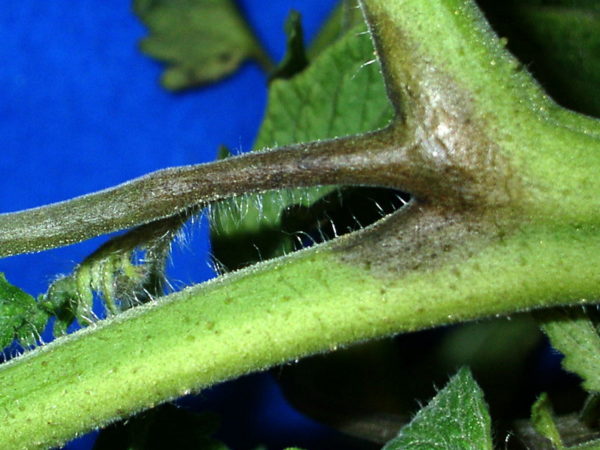
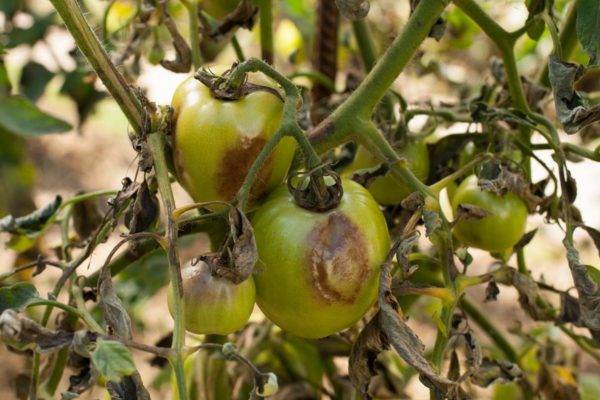
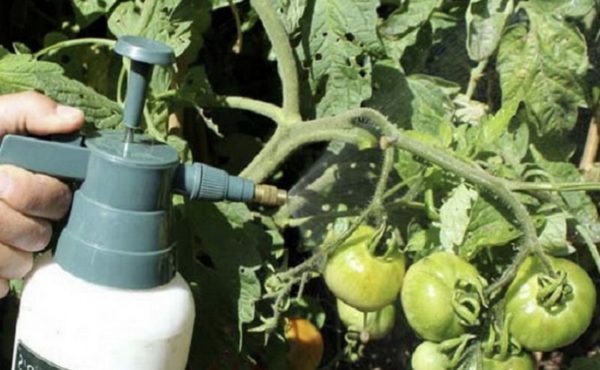
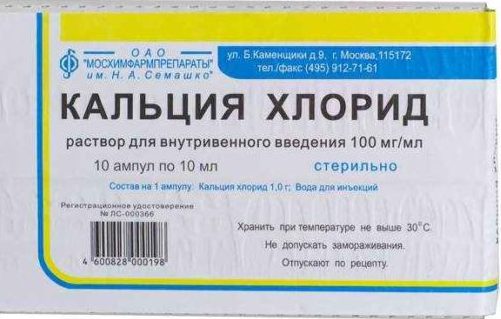
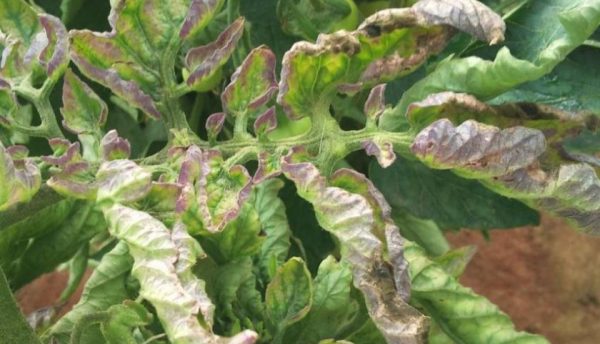
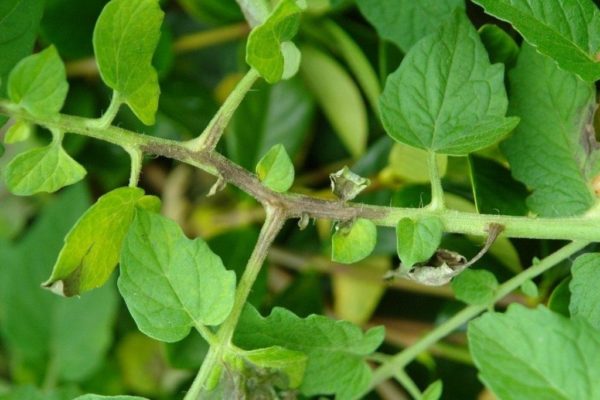
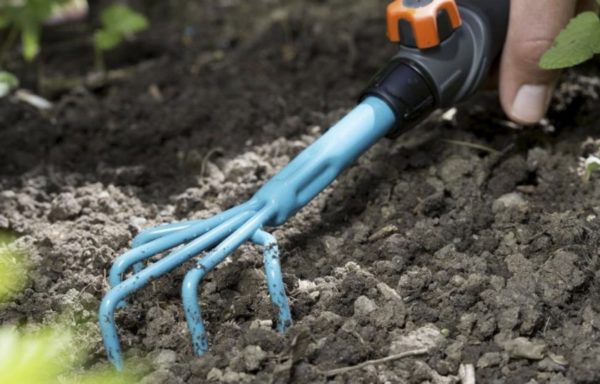
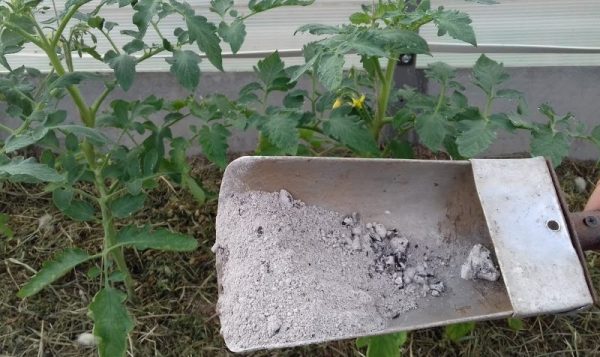
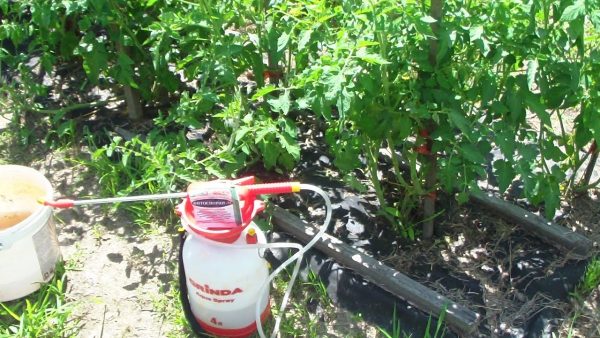
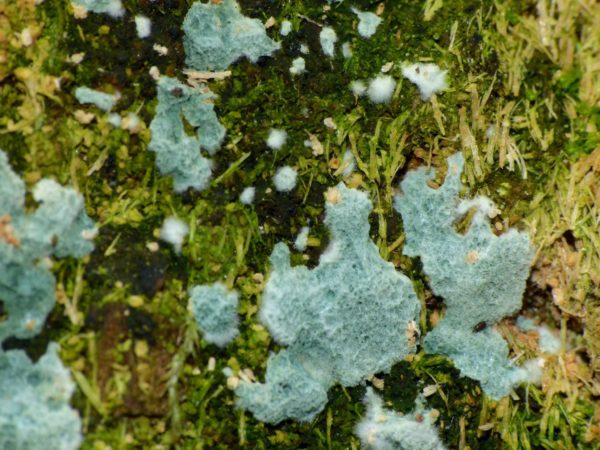
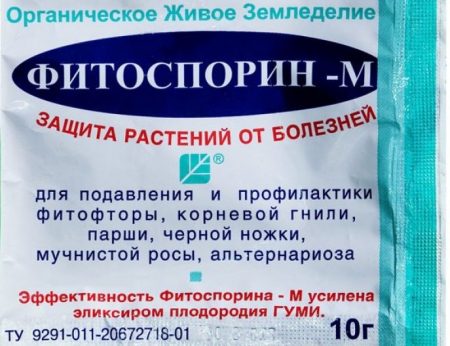

 (9 ratings, average: 4,78 out of 5)
(9 ratings, average: 4,78 out of 5) CUCUMBERS NEVER GET SICK, I'VE BEEN USING ONLY THIS FOR 40 YEARS! I SHARE A SECRET WITH YOU, CUCUMBERS ARE LIKE THE PICTURE!
CUCUMBERS NEVER GET SICK, I'VE BEEN USING ONLY THIS FOR 40 YEARS! I SHARE A SECRET WITH YOU, CUCUMBERS ARE LIKE THE PICTURE! You can dig a bucket of potatoes from each bush. Do you think these are fairy tales? Watch the video
You can dig a bucket of potatoes from each bush. Do you think these are fairy tales? Watch the video
 How our fellow gardeners work in Korea. There is a lot to learn and just fun to watch.
How our fellow gardeners work in Korea. There is a lot to learn and just fun to watch. Eye trainer. The author claims that with daily viewing, vision is restored. They don't charge money for views.
Eye trainer. The author claims that with daily viewing, vision is restored. They don't charge money for views. A 3-ingredient cake recipe in 30 minutes is better than Napoleon. Simple and very tasty.
A 3-ingredient cake recipe in 30 minutes is better than Napoleon. Simple and very tasty. Therapeutic exercises for cervical osteochondrosis. A complete set of exercises.
Therapeutic exercises for cervical osteochondrosis. A complete set of exercises. Which indoor plants match your zodiac sign?
Which indoor plants match your zodiac sign? What about them? Excursion to German dachas.
What about them? Excursion to German dachas.
When should preventive treatments against late blight be started?
Olga, late blight prevention should begin a week after planting the seedlings.
I want to talk about my experience in dealing with this disease. Actually, I’m not waging any kind of struggle, I just changed the watering regime. Previously, I always watered the tomatoes in the greenhouse in the evening and then made sure to close all the doors and windows.To keep the tomatoes warmer. Then I read somewhere that you need to do everything the other way around. Now I water the tomatoes in the greenhouse only in the morning and make sure to ventilate the greenhouse all day. And in general, I rarely close the doors even at night, only if it’s cold or heavy rain. And for several years now I have practically no late blight; I pick tomatoes until the fall.
A very interesting experience, Vera. Thanks for sharing.
Has anyone tried using Trichoderma? Share the results, otherwise everything I did was of little use. Maybe biologics actually help.
From my own experience I can say: Trichoderma is best used to prevent disease. Process tomatoes immediately after planting at intervals of 10-14 days. You can treat the seeds and add them to the soil. If late blight has already appeared, then it is unlikely that it will be possible to cure the tomatoes. By the way, Trichoderma is very effective in combating various rots and not only on tomatoes.
I’ve heard a lot about treating tomatoes with milk and iodine, how effective is it? I understand that the easiest way is to try it yourself, but the result will only be clear by the end of summer; I wouldn’t want to waste a whole season on experiments. Maybe someone already has experience, please share.
About once every 7-10 days I treat my tomatoes with iodine and whey (you can also use milk, but whey is cheaper). I buy the smallest 10 ml at the pharmacy. a bottle of iodine, 1 liter of serum and 9 liters of water. I spray it in the evening, the effect is very good, just spray it regularly. Processing tomatoes alone will not save them.
We also treat tomatoes with iodine and milk. This may not be a panacea, but after such spraying the tomatoes are fresh and vigorous. Cucumbers too, by the way.
I have heard many times that copper wire wrapped around the stem helps against late blight. Maybe someone has already tried this method of prevention. It captivates with its simplicity, but I doubt its effectiveness.
I live in the Ivanovo region and for several years now, 3 weeks after planting the seedlings, I have been piercing the trunks of tomatoes with a piece of copper wire and leaving it there. The last time I harvest tomatoes is at the end of September and they are all clean, without stains or signs of disease. True, I also spray the tomatoes with iodine and milk 1-2 times. I don’t know what helps more, but I don’t have late blight, although many neighbors complain that tomatoes are disappearing.
Excuse me, but with your delays, you remind me of African sorcerers. This issue can be resolved using civilized methods. For prevention, spray tomatoes with phytosporin every 10-15 days. And if the first signs of ff do appear - treatment with Profit Gold. Very good drugs.
I live in the Moscow region, late blight is annoying, but not every year. To prevent this disease, I use a set of measures: in spring, autumn and 2 weeks before planting, I treat the soil with Bordeaux mixture. I do this both in the o/g and in the greenhouse. Once a week I spray the plants with phytosporin and once every 2 weeks with epin extra. I cover the beds with film, I refused to use non-woven fabric, it doesn’t justify itself. I cover the soil in the beds with cardboard. I collect tomatoes until the end of September. Something like that.
Hello! All my tomatoes grow in open ground; unfortunately, I don’t have a greenhouse.Last year we had a rainy summer, but late blight was avoided. I always make sure that the lower leaves do not touch the ground; I tear them off periodically. I alternate treatments with Fitosporin with the cocktail mentioned here: 9 liters of water, 1 liter of whey or milk + 20 drops of iodine. There was no late blight last year, and so far there is none this year.
Good luck everyone!
Alexey, how do you water the beds if they are covered with cardboard?
Valery, I get asked this question very often. I answer: I don’t water my tomatoes, not at all. I apply all the fertilizers to the soil when planting, and sometimes I fertilize the leaves. And there is enough moisture in the ground, you just need to make sure that it reaches the plants and does not just evaporate. Cardboard retains moisture well and the ground underneath is always moist. If there is not enough cardboard, I will definitely mulch the ground with mowed grass. I also haven’t dug up the beds for several years now; instead of a shovel, I now have a Fokina flat cutter. I would like to remind you that I live in the Moscow region, we have enough rain, but for the southern regions, where there is little rain, this method may not be suitable.
I made it a rule to spray the tomatoes every week with different compounds: brilliant green, iodine, garlic tincture, phytosporin solution, ash extract, potassium permanganate in combination with boric acid, garlic again...
I try to use only folk remedies - chemistry only as a last resort. I empty the greenhouse when frosts begin and until that time I have no late blight. I always water in the morning and be sure to ventilate the greenhouse.